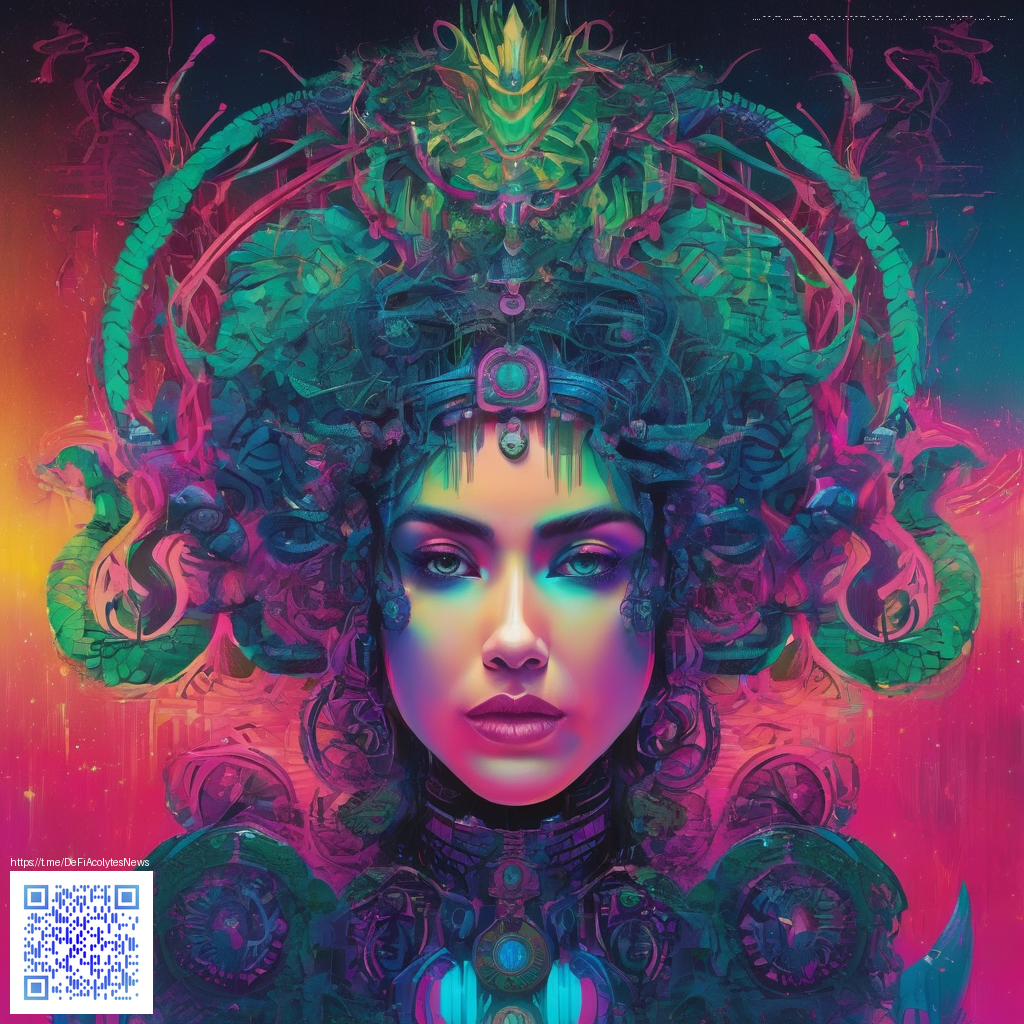
Optimizing Digital Paper for Print on Demand: Practical Strategies for Consistent Results
In the world of print on demand, digital paper isn't just a file you upload—it's the blueprint that translates your idea into a tangible product. Whether you’re creating wall art, apparel, or accessories like a mouse pad, the way you prepare your digital paper dramatically affects color accuracy, detail, and resistance to edge wear. The goal is to minimize surprises when the design meets the substrate, so your final item matches your vision as closely as possible.
Start with the right resolution and canvas size
- Design at high resolution: target 300 dots per inch (DPI) for sharp detail, especially for intricate logos or tiny text. A design created at 72 DPI will look pixelated once scaled to print, so begin with a generous canvas size that accommodates future scaling.
- Plan for the product’s surface: for something like a neon gaming mouse pad (9x7 inches, featuring custom neoprene and stitched edges), you’ll want a canvas that accounts for the full print area plus a bleed region. If you’re unsure, start with a larger base canvas and crop later rather than risking loss of essential details.
- Include safe margins: keep critical elements within the central “safe” zone to avoid being trimmed away or hidden by stitched finishes.
Color management and proofing
Color is where many designers stumble in POD. Desktop previews can be deceiving if your file uses the wrong color space or lacks soft proofing. Use sRGB as your working color space for most consumer substrates, and consider device calibration to reduce wide color shifts. When possible, run a soft proof that simulates how your colors will render on the target material. For fabrics and neoprene surfaces, minimize ultra-saturated colors that tend to “bloom” once printed.
“A well-soft-proofed file often reveals color risks that would otherwise derail the final print.”
Bleed, safe zones, and asset organization
- Bleed ensures there’s no white edge if the design shifts slightly during trimming or stitching. Apply a 3–5 mm bleed beyond the trim line for edge-to-edge pieces.
- Safe zones keep important elements away from the edge where stitching or seam allowances could obscure them.
- Asset organization save layered sources (PSD/TIFF) for archival purposes and export flattened, print-ready versions (PNG or TIFF) for submission to the printer.
File formats and transparency for print on demand
For digitized patterns and artwork, transparent PNGs are handy when you need crisp edges without a background, while TIFFs maintain color fidelity for complex gradients. If you’re embedding text, rasterize typography only after validating legibility at the target print size to prevent font-shift issues. When printing on fabric or neoprene surfaces—like a custom mouse pad—remember that the substrate has its own texture and weave, which can subtly affect color saturation and perceived sharpness. If you’re unsure, request a small sample run to verify the look before committing to a larger batch.
As a practical example, consider a design prepared for a product you might see in the wild, such as the Neon Gaming Mouse Pad 9x7 with custom neoprene and stitched edges. You can view the product page for reference here: Neon Gaming Mouse Pad 9x7.
Practical workflow for consistent POD results
- Preflight checklist: verify resolution, color space, bleeds, and safe zones; confirm fonts are embedded or outlines are used if exporting vector elements.
- Mockups: place your artwork on multiple device templates and surfaces to gauge how it translates across materials and sizes.
- Proofing with hardware: compare soft proofs to a physical swatch or printed proof under similar lighting conditions to catch color shifts early.
- Version control: keep iterative export presets (e.g., high-res PNG for proofs, TIFF for production) and label them clearly to avoid mix-ups during production.
Ultimately, the objective is to align your digital paper with the physical realities of print on demand. The details—how a color translates on neoprene, how edge stitching impacts the visible area, and how a 9x7 canvas holds both bold, graphic elements and fine typography—define whether your finished product feels cohesive or generic. With careful attention to resolution, color management, bleed, and file formats, you’ll reduce guesswork and accelerate a smooth path from screen to tangible product.